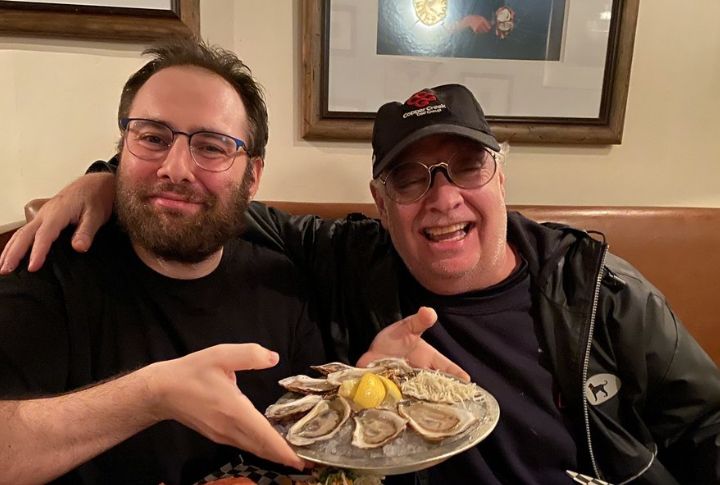
There was a time when food was simple, meant to be savored, not staged. Every bite was relished till the end. Today, dining often feels like performance art, where spectacle outshines substance. Here’s a look at the dishes that lost their magic chasing trends, and people just consume them to keep up with others.
Sushi With Over-The-Top Garnishes
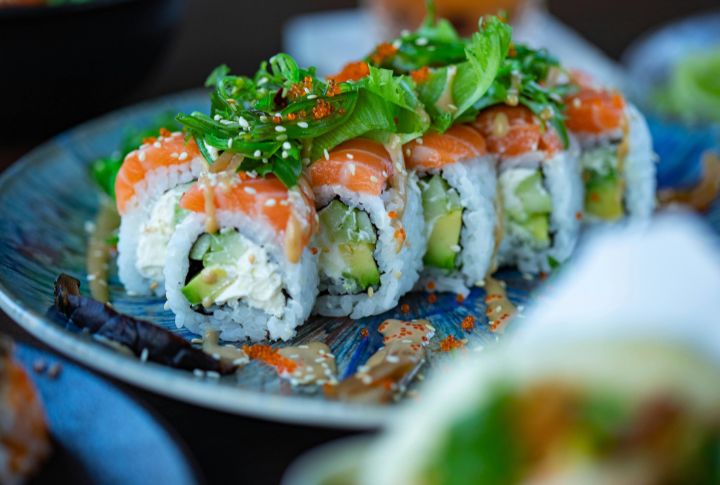
In today’s Instagram-obsessed dining scene, sushi chefs seem to be in a quiet competition over flash more than flavor. Edible flowers and gravity-defying garnishes dominate the stage, all for the sake of that perfect photo. Sure, they dazzle on screens, but in person? People struggle to find the fish beneath all that flair.
Foie Gras
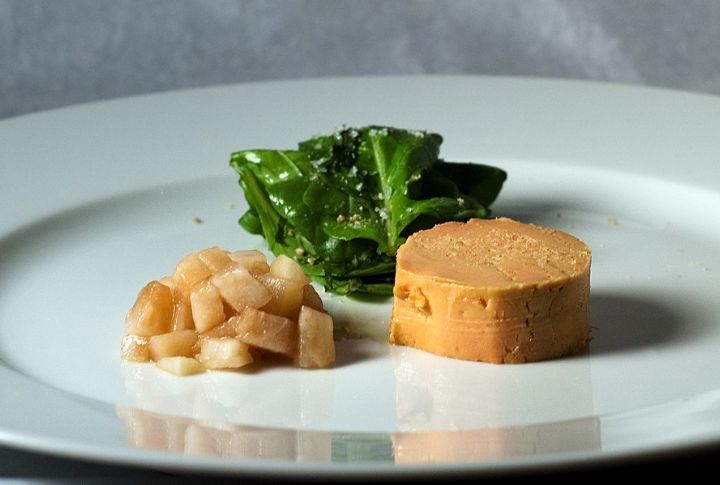
Foie gras holds a mythical status in French haute cuisine, praised as the pinnacle of indulgence. But let’s be honest—behind the fine-dining theatrics and reverent plating, many diners quietly admit that it is over the top. The texture is dense, and the supposed luxury doesn’t always justify the experience.
Molecular Gastronomy Plates
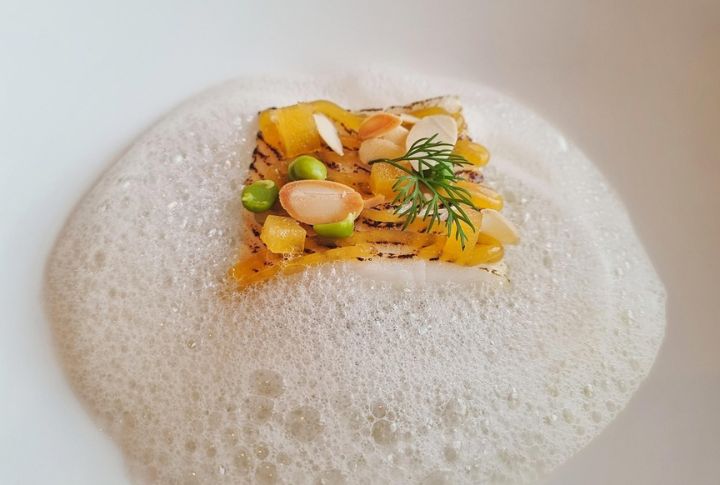
Think of molecular gastronomy as theater on a plate—smoke, spheres, foams, and even edible balloons. It’s impressive, yes, but it can feel more like a science experiment than a satisfying meal. For all the spectacle and steep prices, the truth remains: diners leave entertained but still a little hungry as portions are smaller.
Kale Salads
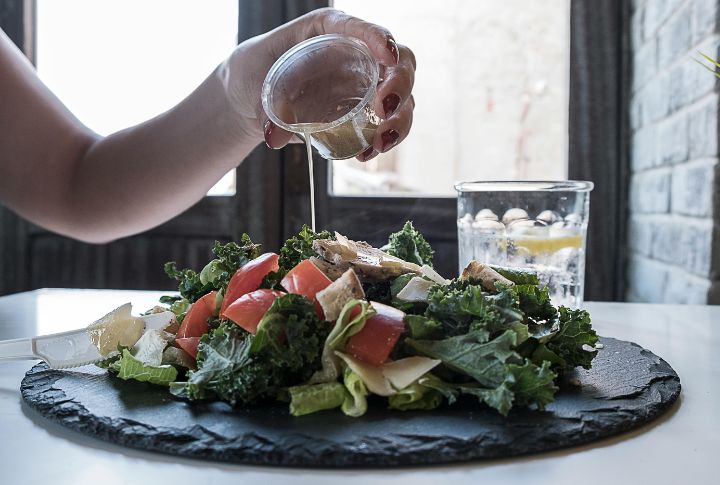
The leaf that went from garnish to “superfood superstar.”Restaurants, however, have long battled its tough texture and bitter bite, sometimes drowning it in rich dressings just to make it palatable. Ironically, the more they mask it, the further these salads drift from their healthy promise.
Truffle Oil Everything
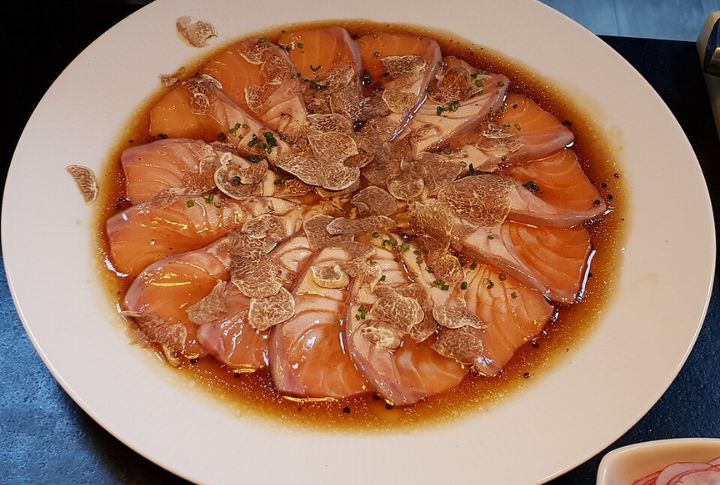
That luxurious drizzle of truffle oil? Often pure illusion. Most bottles rely on synthetic aroma compounds instead of real truffles, which creates an overpowering scent that bulldozes every other flavor. No wonder so many chefs have turned against it as it’s culinary pretense in liquid form.
Oysters
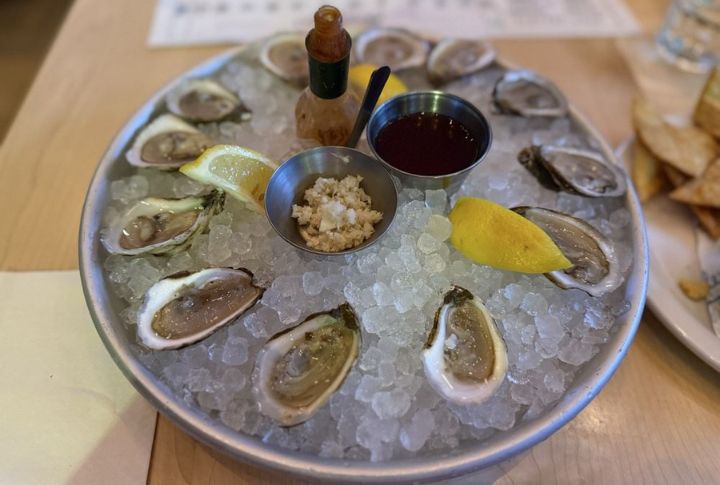
They arrive on crushed ice, looking every bit the symbol of elegance—until you actually taste one. Beneath the poised presentation lies that slippery texture and briny burst that divide diners instantly. Cocktail sauce suddenly becomes a lifeline, while many pretend their grimace is an “acquired taste.”
Quinoa Bowls
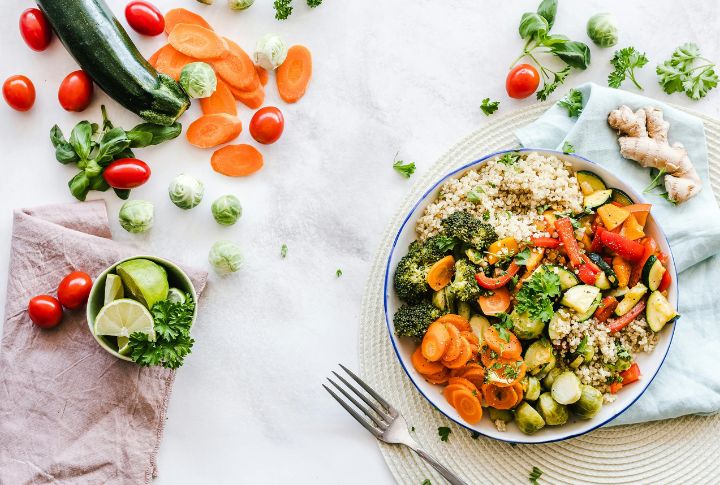
Quinoa may have ancient roots and modern hype, but it’s no flavor bomb. Even when dressed up with veggies and proteins, its bland taste and peculiar texture make eating it more of a virtue than a joy. Health menus may celebrate it, but diners often secretly crave something heartier.
Bone Marrow
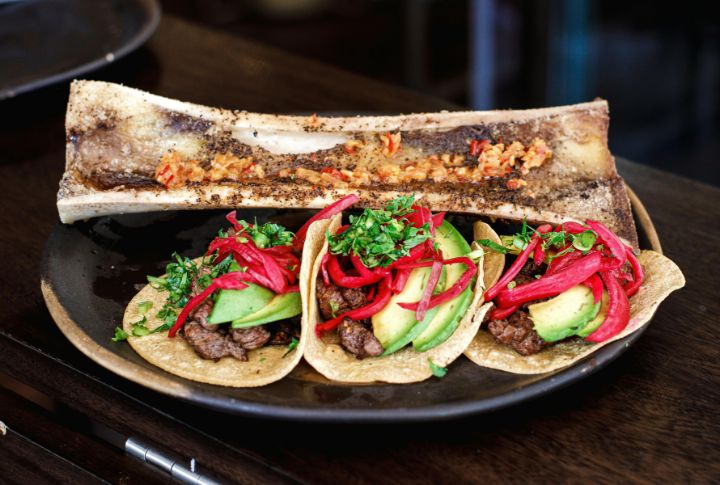
Dubbed “meat butter,” bone marrow sits at the center of many fine-dining spectacles. Served with toast points and micro salads, it looks like elegance perfected. However, many quietly agree: its gelatinous richness can feel more indulgent than enjoyable—an acquired taste cloaked in culinary drama.
Ceviche
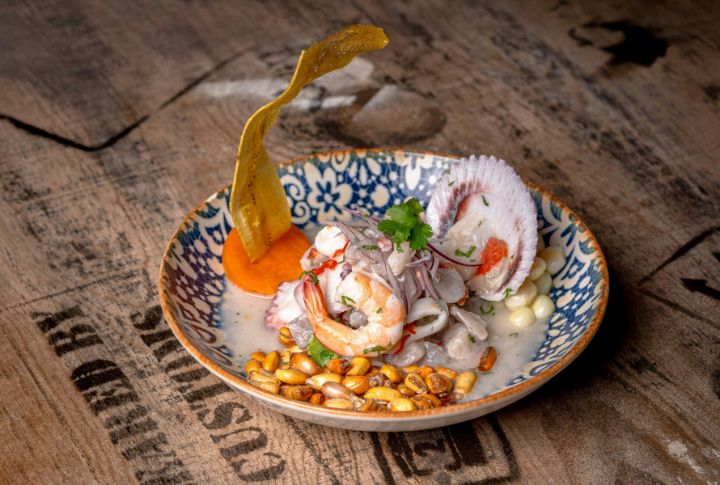
Ceviche always looks like it belongs on a postcard, with its bright colors and beachside vibe. Then comes that first forkful, and the tang hits harder than expected. What seemed like sunshine turns sour fast, leaving your taste buds wondering if they’ve just been fooled by a tropical prank.
Uni (Sea Urchin)
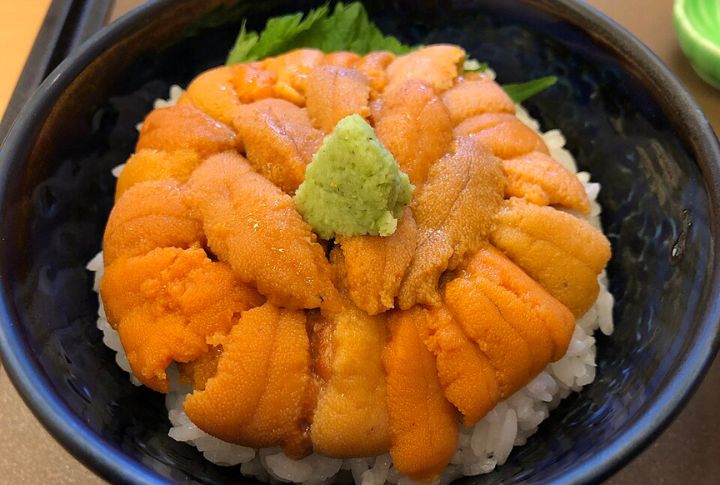
“The foie gras of the sea” sounds beautiful in theory—right up to the moment diners meet its briny, custard-like texture. While foodies and chefs praise its oceanic essence, most people are simply trying to keep a straight face for Instagram. It’s less about savoring and more about surviving for social clout.
Escargot
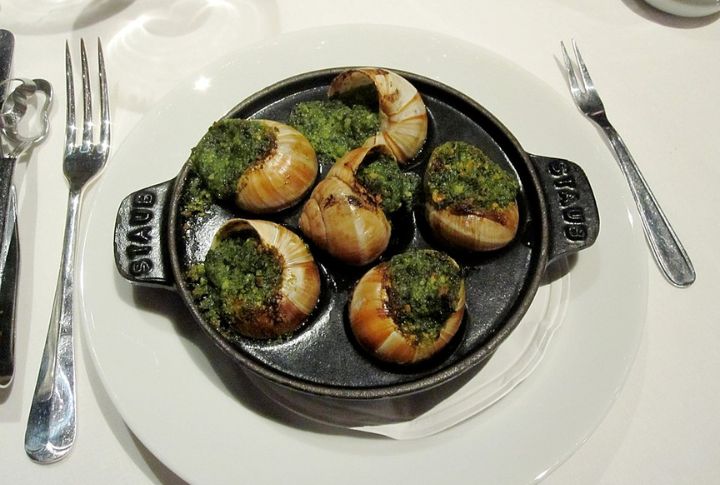
At first glance, escargot is pure theater with special plates and sizzling garlic butter. But then reality hits. These chewy land snails deliver an earthy flavor that few truly adore. In truth, it’s the garlic butter and bread doing all the heavy lifting while everyone nods politely at “refined taste.”
Deconstructed Desserts
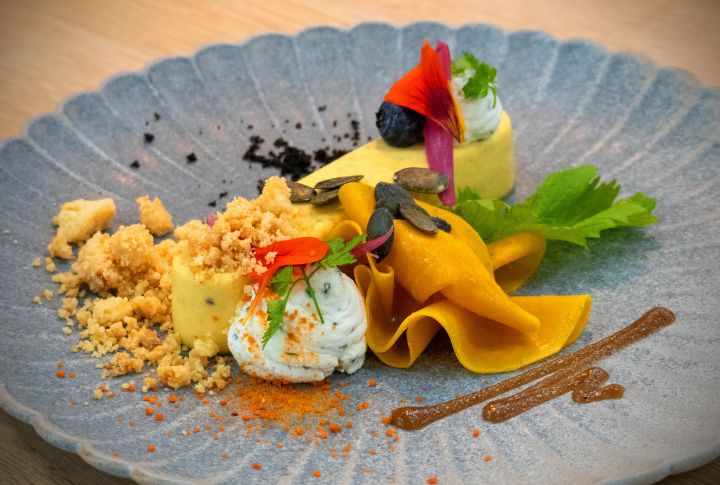
When your dessert looks like a modern art project scattered across a plate, you know you’re in for an experience. Deconstructed desserts are stunning to look at, but soon diners realize they’ve got a puzzle on their hands. You’re assembling it piece by piece just to get a taste.
Overly Complicated Tacos
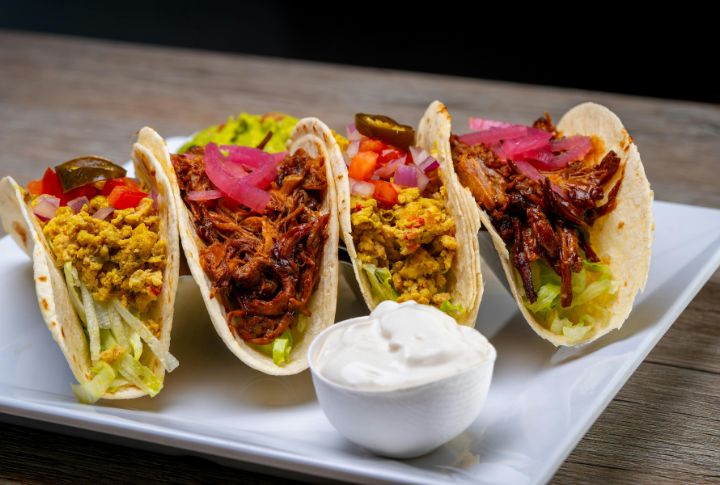
Remember when tacos meant warm corn tortillas cradling seasoned meat, topped with just cilantro and onions? Today’s trendy spots have transformed this humble street food into precarious towers of gourmet ingredients requiring utensils—and commanding prices that could feed a family at the drive-thru.
Chia Seed Pudding
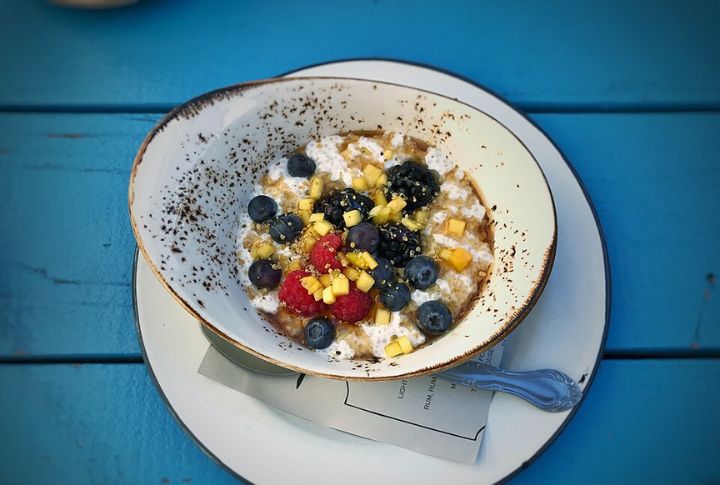
It’s the darling of wellness influencers and breakfast menus, but chia pudding isn’t for everyone. Those tiny seeds swell into a gelatinous texture that feels divisive at the least. Some compare it to tapioca, while others compare it to frog eggs. Either way, it’s one of those “health foods” that’s more admired than enjoyed.
Caviar
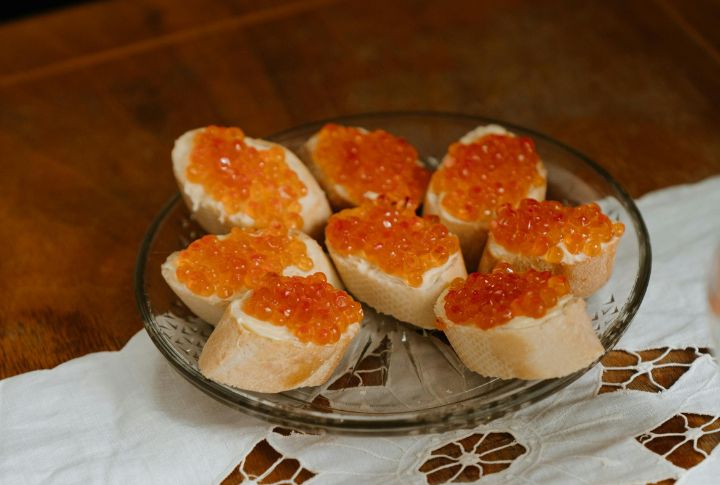
That delicate pop and briny burst are supposed to scream luxury. In truth, caviar’s appeal is as much psychological as it is culinary. For every aficionado savoring the nuance, there’s someone silently wondering if they’re supposed to like it or if it’s just for the appeal.
Raw Zucchini Noodles
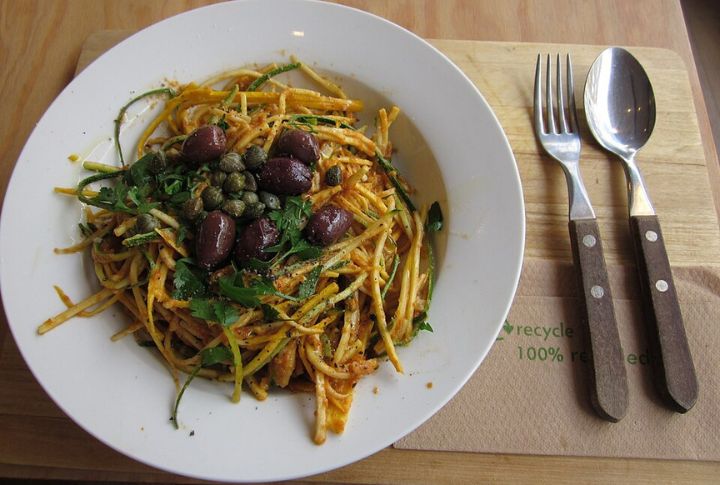
When zoodles took over social media, they promised the joy of pasta without the carbs. These watery, limp spirals rarely satisfy, which leaves diners nostalgic for the real thing and questioning why we ever thought zucchini could replace fettuccine.
Artisanal Charcuterie Boards
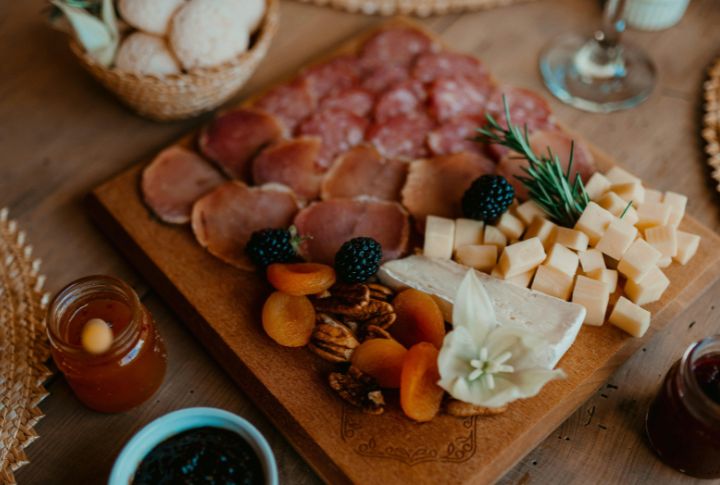
Few things look as chic as a perfectly styled charcuterie board. But let’s be honest, half the time, you’re not sure what you’re eating. Between the mystery meats and decorative pickles, it’s easy to get lost in the aesthetic. Pretty? Absolutely. Satisfying? Debatable.
Octopus
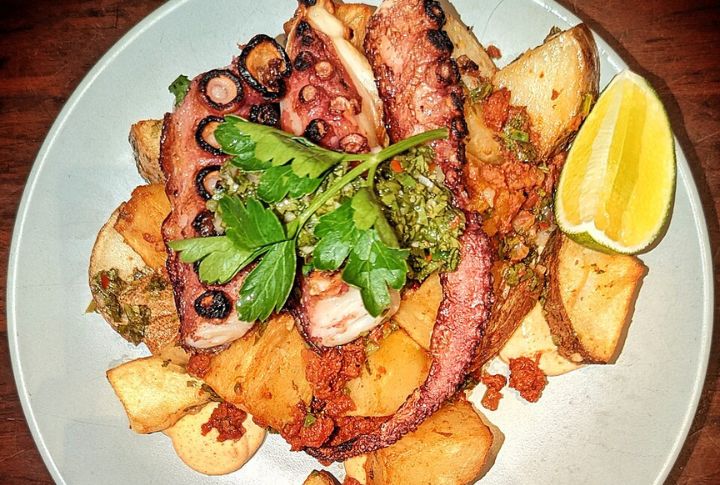
Octopus dishes have become fine dining’s ultimate statement of skill and patience. From Spanish-style grilled tentacles to Japanese takoyaki and Mediterranean carpaccios, chefs around the world experiment with intricate techniques to tenderize this notoriously tough protein. However, despite the global reverence and artistic plating, the reality often disappoints.
Microgreen-Heavy Dishes
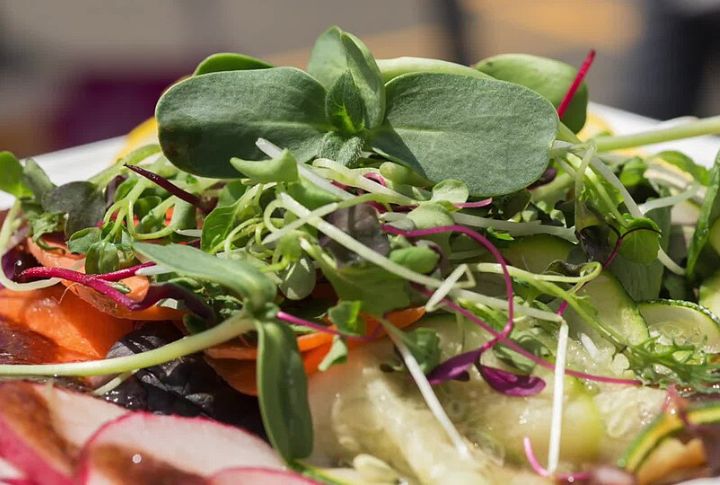
Those vibrant microgreens have become the darling of modern plating, adding instant elegance to every dish. Yet beneath their pretty presentation lies a truth most diners know too well: these meals may photograph beautifully, but they rarely fill you up. It’s fine dining’s version of eating air—stylish, but unsubstantial.
Fermented Foods
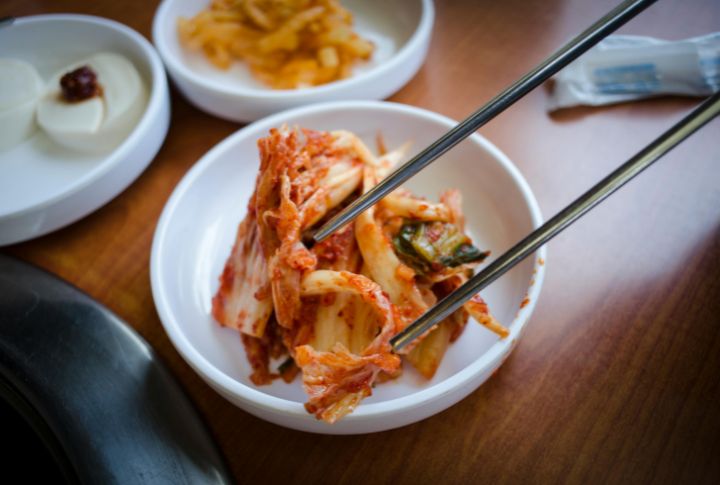
Fermentation may be ancient, but its modern revival is undeniably trendy. Kombucha bubbles and kimchi ferments its way onto every health menu. However, not every palate is ready for the pungent, sour punch. While nutritionists cheer, many first-timers quietly vow it’ll also be their last attempt.

